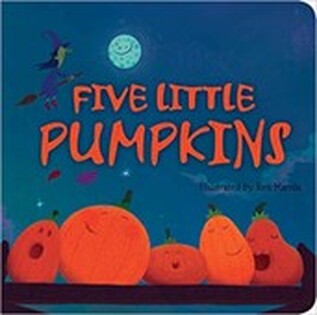Let’s Make Pumpkin Pie Play Dough
Sweet as pumpkin pie! Making pumpkin pie play dough with your child is a sensory experience filled with smells, textures, sounds, bright colors, and maybe even a taste or two. Plus, it’s always fun to make something together while your child learns new concepts and perhaps tries to poke, roll, or pat the dough.
|
Duration
This activity will take 10 to 30 minutes depending on your child’s mood and interest.
Materials Required
|
Activity Steps
|
Tips
|
Extension Activities
|
Five Little Pumpkins
|
Five little pumpkins sitting on the gate.
The first one said, “Oh, my, it’s getting late.” The second one said, “There are witches in the air.” The third one said, “But I don’t care.” The fourth one said, “Let’s run and run and run.” The fifth one said, “I’m ready for some fun.” Ooooo! Went the wind, and out went the light. And the five little pumpkins rolled out of sight! |

